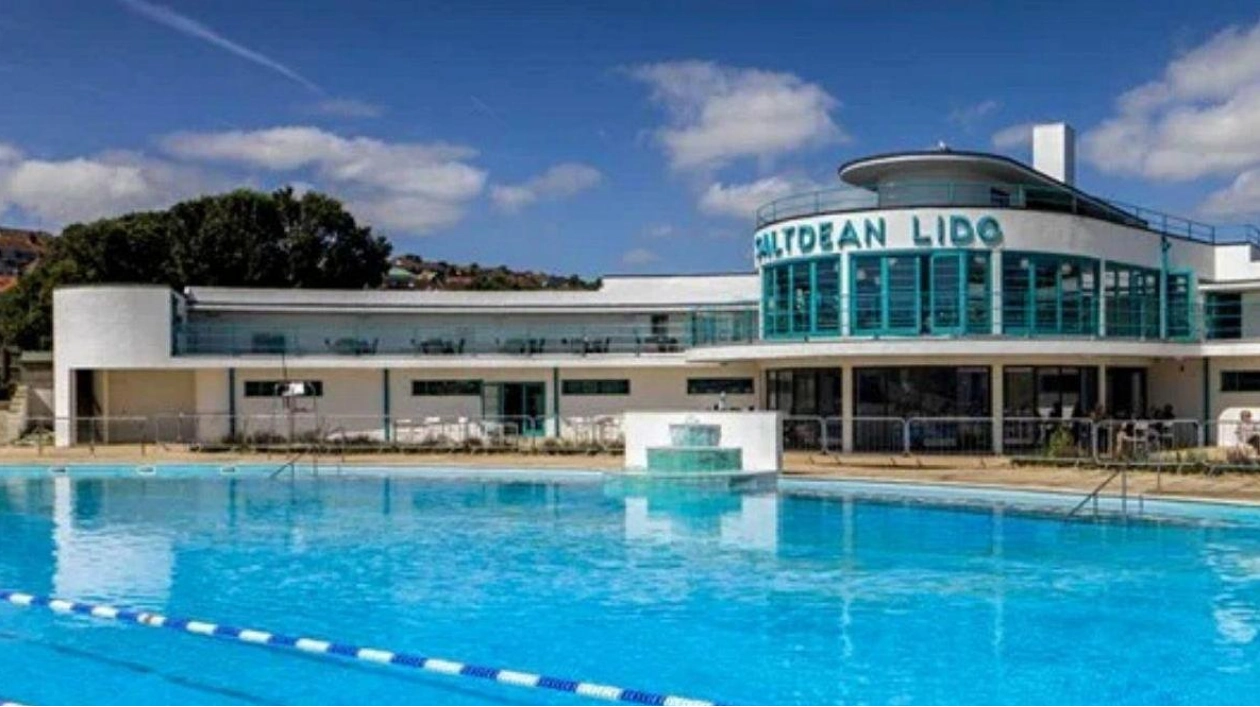Historic England has released its annual Heritage at Risk Register, detailing the historically significant sites in England that are in danger of being lost due to neglect, decay, or inappropriate development.
This year, the register lists 4,891 sites, 31 more than last year. The Heritage at Risk Register is an official statistic recognized by the UK government, alongside similar surveys conducted by Historic Scotland and the Ulster Architectural Heritage Society. The register includes important listed buildings, monuments, parks and gardens, historic battlefields, protected wreck sites, and conservation areas.
Among the 155 new entries this year are 69 buildings, 55 places of worship, and 24 archaeological sites. Notable additions include the oldest active places of worship in the country, such as the Friends' Meeting House in Come-to-Good, Cornwall, built in 1710, and St Pancras Old Church in London, which has been a site of Christian worship since 314 AD.
However, there is some positive news: 124 buildings and places were removed from the register due to successful preservation efforts. Notable examples include Saltdean Lido in Brighton and Hove, restored with community support and funding from the National Lottery Heritage Fund, and the Ecton Hill Copper Mine in the Peak District, which has been repaired after two decades of community work.
Globally, UNESCO's List of World Heritage in Danger includes 56 sites, six of which are in Europe. Additionally, the World Monuments Watch report, published every two years by the World Monuments Fund, highlights 25 sites at risk in 2022, three of which are in Europe.
National and EU initiatives also play a role in heritage preservation, such as France's Heritage in Danger mission and the EU's CORDIS, which funds research through projects like Heritage Plus to identify and protect vulnerable sites across the EU.
Source link: https://www.euronews.com






